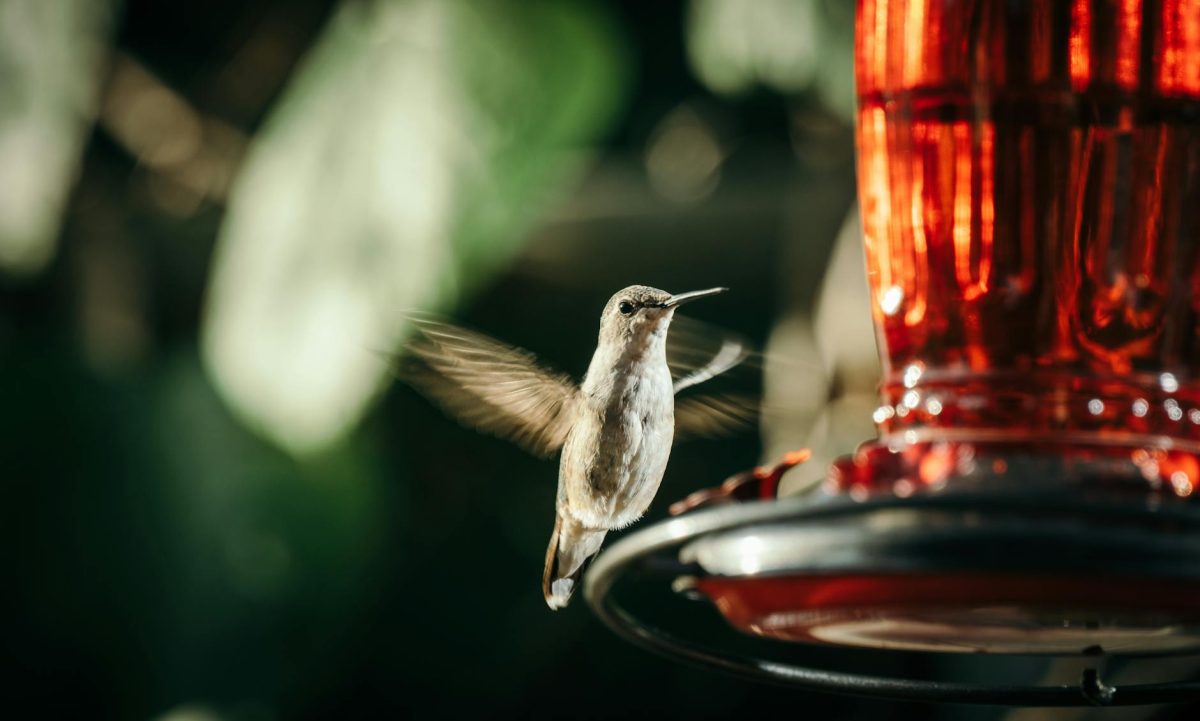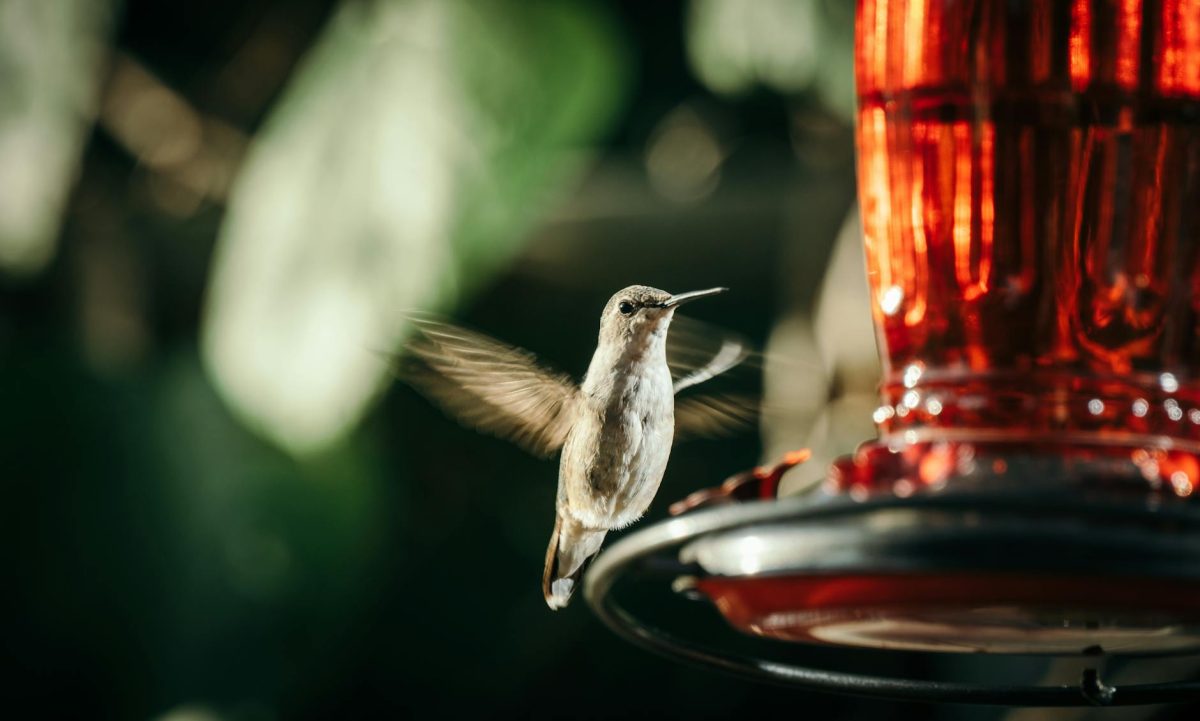Hummingbirds: Nature’s Phenomenal Wonders
Hummingbirds are truly nature’s phenomenal wonders, captivating bird enthusiasts and nature lovers worldwide with their dazzling colors, incredible agility, and unique characteristics. These petite birds belong to the Trochilidae family and are renowned for their astonishing ability to hover in mid-air, swift flight, and their signature humming sound created by their fast-beating wings. In this article, we will delve into the fascinating world of hummingbirds, exploring their behaviors, habitats, feeding habits, and some interesting facts that make them such extraordinary creatures.
The Marvelous Hummingbird: A Closer Look
Hummingbirds are widely known for their striking iridescent plumage, which comes in a myriad of vibrant colors such as emerald green, fiery red, sapphire blue, and shimmering purple. Their diminutive size, ranging from 3 to 5 inches, makes them one of the smallest bird species in the world. Despite their small stature, hummingbirds have a high metabolism and need to consume large amounts of food to fuel their active lifestyle.
Habitat and Range
These remarkable birds are predominantly found in the Americas, from Alaska to Tierra del Fuego. They inhabit a variety of environments, including tropical rainforests, mountainous regions, coastal areas, and even urban gardens. Hummingbirds are most commonly seen in regions with abundant nectar-producing flowers, as nectar is their primary source of energy.
Feeding Behavior
The unique feeding behavior of hummingbirds sets them apart from other bird species. With their long, slender bills and extendable, tubular tongues, they are expert nectar feeders. Hummingbirds have a symbiotic relationship with flowers, as they pollinate them while feeding on nectar. In addition to nectar, these agile birds also consume small insects and spiders for protein, essential for their growth and development.
Breeding and Mating
During the breeding season, male hummingbirds perform elaborate aerial displays to attract females. Once a female selects a mate, she builds a small cup-shaped nest using plant fibers, spider silk, and other materials, often camouflaging it with lichen or moss. The female lays one or two pea-sized eggs, which she incubates for about 14 to 21 days. The female is solely responsible for feeding and caring for the chicks until they fledge.
Fun Facts About Hummingbirds
– Hummingbirds have the highest metabolism of any warm-blooded animal, requiring them to feed every 10 to 15 minutes.
– Their hearts beat up to 1,260 times per minute during flight.
– Hummingbirds can fly backward, sideways, and even upside down thanks to their unique wing structure.
– Some hummingbird species migrate long distances, traveling thousands of miles between their breeding and wintering grounds.
In conclusion, hummingbirds are not just beautiful creatures but also vital pollinators that play a crucial role in maintaining the delicate balance of ecosystems. Their remarkable abilities, intricate behaviors, and stunning beauty make them a true wonder of the natural world. Next time you spot a hummingbird flitting among the flowers, take a moment to appreciate these tiny, yet extraordinary birds that enrich our lives with their presence.

